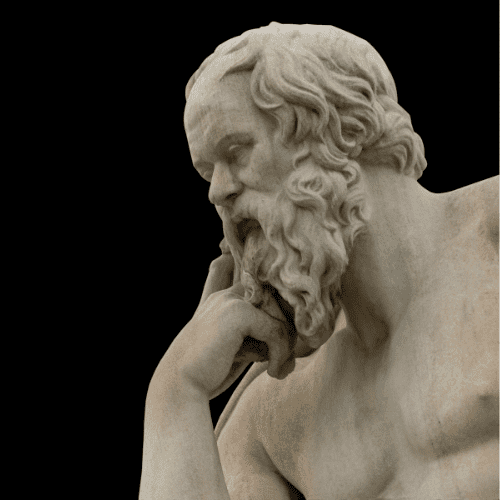What two words are the biggest killers of innovation and thinking outside the box? “Yes, but”. We’ve all been there in the typical office meeting and brainstorming sessions under the guise of coming up with new ideas, someone musters the courage to introduce something new or different and without even a brief pause, someone at the management level utters those two little words: “yes, but” and the attention immediately draws away from the new idea and quickly back to something tried and true.
True innovation is only possible if ideas are encouraged to flow freely without the fear of being shot down. If you want your people to collaborate and truly come up with great ideas then you have to start to following a few ground rules:
- Stakeholder diversity: when running sessions to brainstorm ideas, make sure that you have a diverse group of people representing various stakeholders in the ecosystem. If you’re looking for a new idea that will improve your customers’ lives, then include a few customers in the conversation. Don’t assume that you have all the answers. In fact, the best executives assume that they only thing they know with any certainty is that they don’t have any answers. In the early phases of the exploration process, it’s especially important to resist the temptation to jump to a solution and rather to stay in the mindset of living with the questions.
- Encourage failure: many people have been conditioned to avoid any situation which might lead to failure and while this might help you avoid the pain of failure in the short term, it leads to lack of innovative vision in the long term. Playing it safe and sticking to tried and true ways of being might yield some benefits, the big payoff is in allowing your teams to learn from mistakes and make iterative improvements to the design to ultimately come up with the big “Aha” moment. The idea is to fail fast and learn quickly. Create a hypothesis for your idea, work to create a prototype and test drive the idea through customer focus/test groups. All of the information you gather in this stage of the process will not only help to inspire greater creativity but will also give you feedback about how to make your idea even better.
- Design the prototype: once you’ve established your idea and done some brainstorming to develop the concept, it’s time to create a prototype. Whether you’re coming up with a new app or physical product, you have to develop the show and tell pitch for your new idea. Once your prototype is ready you can begin to do market research. Let some people test drive your design and learn from their feedback to make the prototype even better.
- Developing the Right Mindset: this by far is the most important of all the advice I can give you. In human nature there is a tendency to want to leap quickly to the solution. Avoid this at all costs especially during the early brainstorming and design phases. If you keep your mindset focused on learning and understanding rather than analyzing data sets, you can focus your attention on small experiments which quickly test your theories and develop better approaches to your product design. When I think of the right mindset, Leonardo Davinci comes to mind. Leonardo was an artist and a scientist who had an intense curiosity and desire to understand all things lead him to develop an investigative lifestyle, in a constant quest to discover and absorb the world inside and outside him. Focus away from getting the right answer and focus instead on getting the right questions.
So the next time you’re sitting in that meeting and you hear “yes, but” be brave enough to raise your hand and suggest going back to pure brainstorming and allowing the ideas to flow. Leadership takes courage.
CEO, MACH4 Ventures
Gina Lepore is the CEO and founder of MACH4 Ventures offering coaching, team building and execution consulting for individuals and organizations. She is a board certified coach and experienced executive with multiple decades of practical business experience. Services include: Executive Coaching, Training and Building Team Trust and Collaboration and Business Oversight Services.

